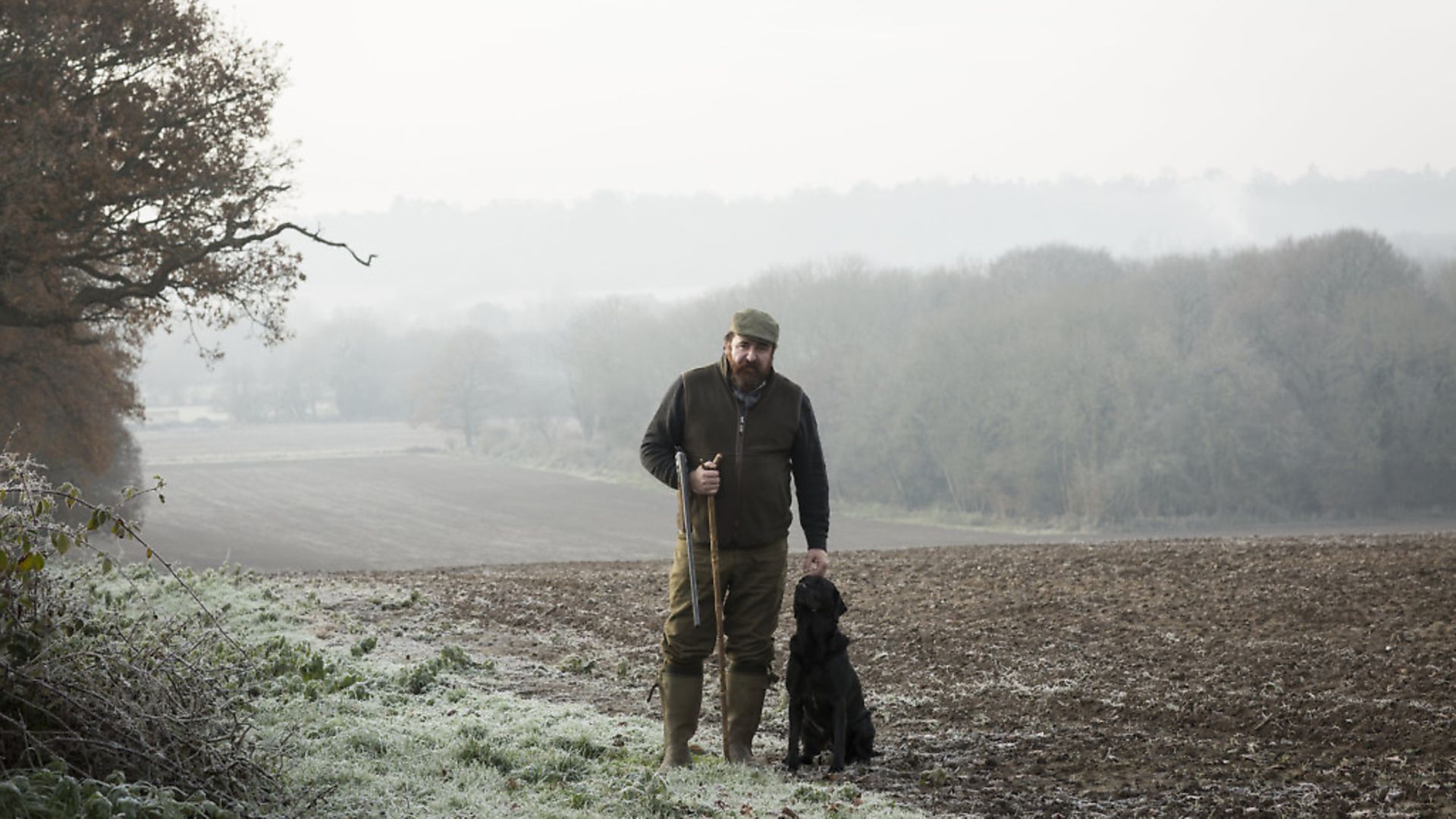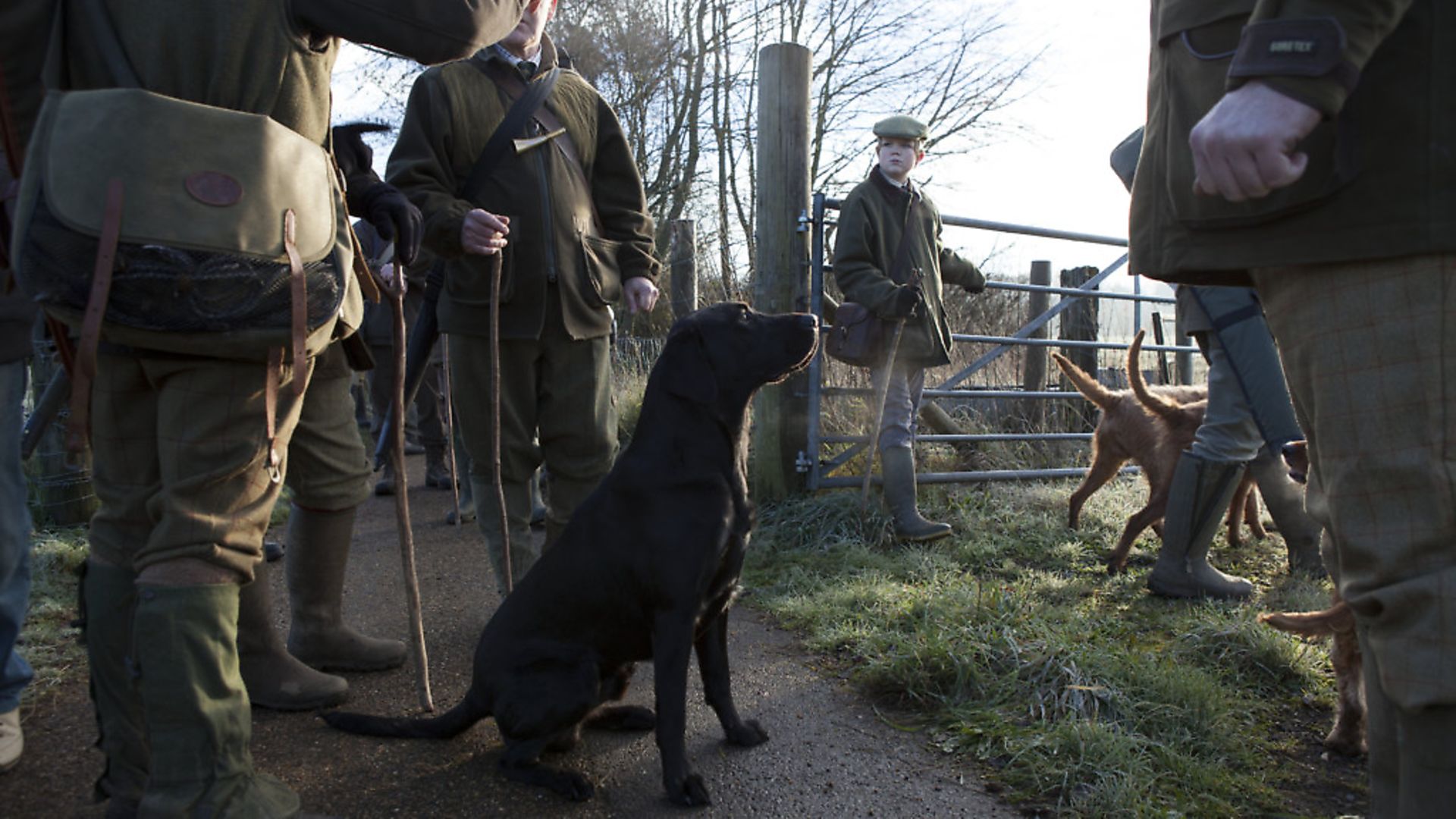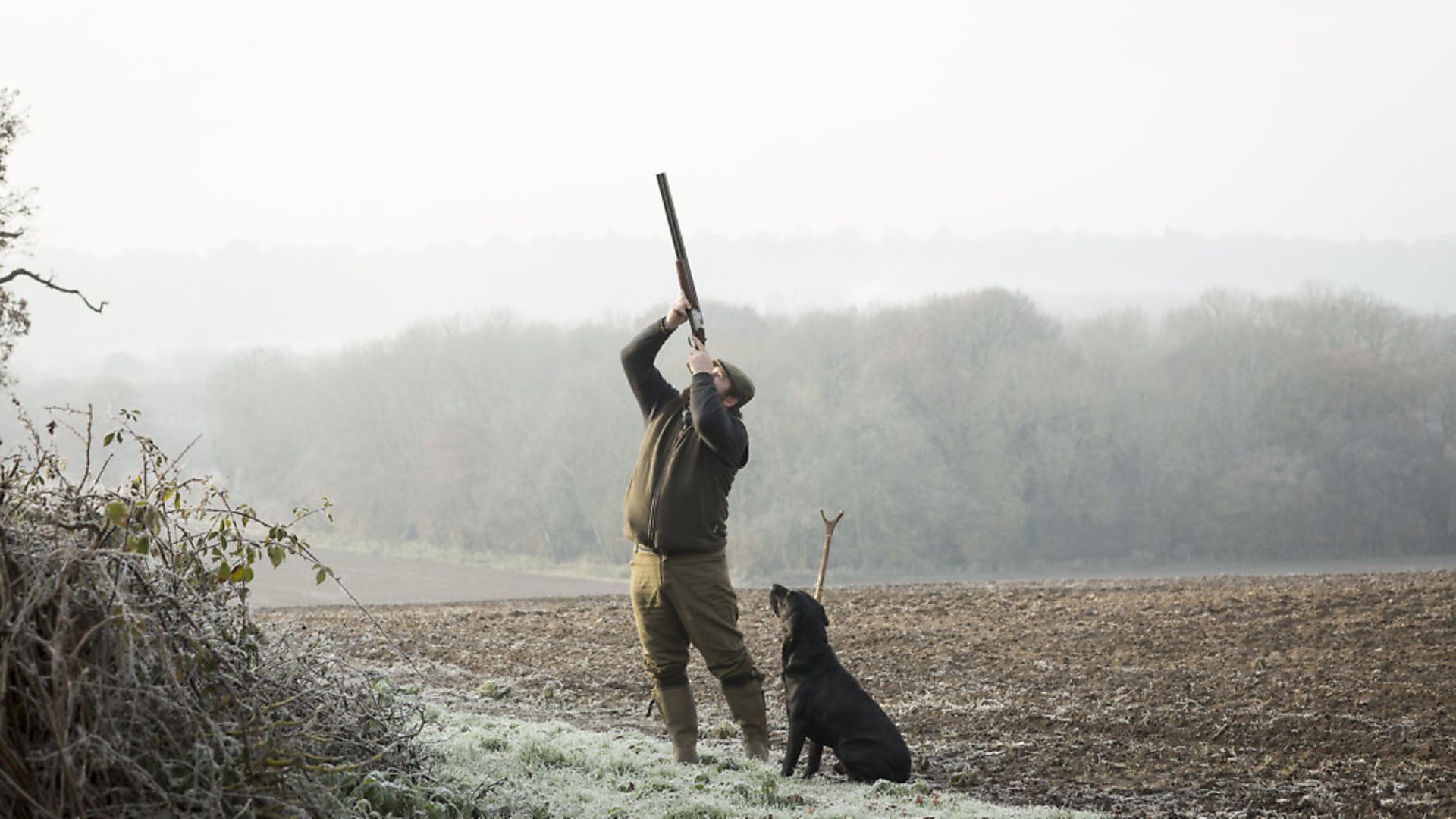Simon O’Leary of Hownhall Shooting outlines a few areas of our shooting which, basic though they may be, are often overlooked in the excitement of the season!
 credit: Archant
credit: Archant
Should you have been fortunate enough to shoot throughout the season, you will have noticed the pattern of physical change within the birds: strength of wing, speed of flight, general condition akin to that of a well-trained athlete. Your approach to shooting must be of equal prowess - a miss-mount or stuck feet will most definitely ensure you lose the game. Now is the time to rebuff your mistakes from earlier in the season and ensure you entertain only fluid, clean shooting.
 credit: Archant
credit: Archant
Footwork
Good footwork is, and always has been, essential for safe best shooting, and it also allows a little more time to prepare your gun for the line of the bird. A simple sidestep left or right will ensure a neat placement of the muzzle, ready to swing through your quarry. In addition to this, correct foot placement will ensure the muzzle travels through the line of the bird, rather than being pulled below it as an overzealous, overstretched swing will undoubtedly do. I've sometimes pondered on the merit of integrating modern dance into some of my lessons, based solely on the general lack of footwork. Although, judging by past presentations of contortionist-style twists and stabs, I suppose some clients already do!
 credit: Archant
credit: Archant
Mount
Now, there's a word you haven't heard often! It is completely and utterly imperative to consistent shooting - a non-negotiable requirement if you are to stand any chance of in-field domination! The gun should always come up to the cheek which will, in turn, set the butt of the stock correctly in the shoulder. Obviously, you will have practised this movement many times before, creating muscle memory and the peace of mind in knowing that your gun fits correctly.
 credit: Archant
credit: Archant
Lead and distant birds
The unsolved mystery! A point of discussion that has many similarities to Brexit talks. Yes, it's a fact that one must give lead, or forward allowance as it's otherwise known, to hit a driven bird. However, the lead is only a byproduct of muzzle speed and timing. I would boldly suggest that most birds are lost by lack of timing as opposed to muzzle speed. It's a very rare comment to hear of a fellow shot missing in front. As I mentioned earlier, January will produce incredible birds, possibly slightly less in volume but substantially more in quality. Try to maintain a constant swing/muzzle speed and don't be tricked into pulling the trigger too early.
Many clients have displayed huge dismay for that far away, distant bird… "I just don't know when to shoot it!" This is a comment that resonates among many. Quite simply, although without guarantee, the trick is to wait until you are ready. Although an obvious comment, it is down to the individual as to when the time feels right. My tip though, would be to drop your eyes to the ground for a second, then back up to the bird to refocus and gauge the distance. Still too far away? Drop the eyes again, and ditto, ditto. Only when you refocus and it feels 'right' should you then put into practice the three previous paragraphs. This process should enable continuity with your approach, powering your instinctive reactive sense, rather than fuelling the measured and cognitive.
Some of you may be thinking "I've heard all this before" or "more flannel on how we should shoot!" and, to be fair, there is for sure more than one way to skin a cat. However, over the next 11 months I will try to engage and guide you, to establish, determine and identify for yourself the tools which best suit you. I will try to cover all key points and relative products, giving an honest and balanced view. Ultimately, I would like to help you feel safe and confident in yourself, and indeed continue to enjoy your country pursuits for many years to come.